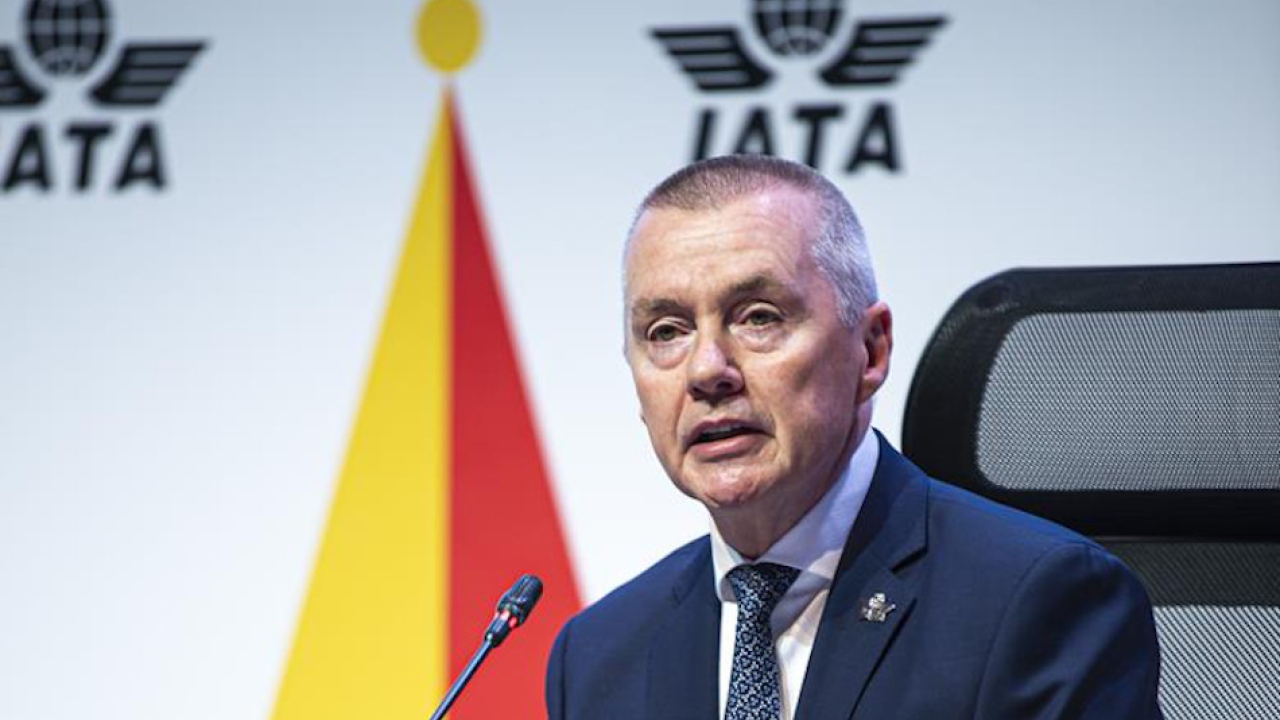ATR and Pratt & Whitney Canada focus on improving aircraft fuel efficiency
ATR and Pratt & Whitney Canada will collaborate on the development of advanced propulsion technology for regional turboprop aircraft, shaping the future of low-emission regional aviation.

Image; ATR
This collaboration aims to leverage and extend the industry-leading performance of ATR aircraft equipped with Pratt & Whitney Canada PW127XT engines and explore technologies for the next-generation aircraft, including ATR’s ‘EVO’ concept.
Building on the proven success of the PW127XT, the companies will explore a range of technologies to further increase the efficiency, performance and operating economics of regional turboprop engines, focusing on:
improving thermal efficiency to further reduce fuel burn;
applying advanced materials for improving engine durability and reliability to reduce maintenance costs;
refining aircraft aerodynamics by optimising engine, nacelle and aircraft integration.
In addition, ATR and Pratt & Whitney Canada will explore the disruptive potential of hybrid-electric propulsion as part of the feasibility study for ATR’s next-generation concept, known as ATR ‘EVO’. The objective is to leverage the combined expertise of both companies to further enhance efficiency and performance of next generation aircraft by applying hybrid-electric propulsion and electrified aircraft technologies.
Today, approximately 1,300 Pratt & Whitney Canada-powered ATR aircraft are in service around the world, including over 60 powered by the latest engine model, the PW127XT-M. Since entering service in 2022, PW127XT-M engines have accumulated more than 300,000 flying hours and delivered 40% improved time on wing, 20% reduced maintenance costs and at least 3% improved fuel efficiency.
“From our pioneering collaboration on the PW120 in the 1980s, ATR and Pratt & Whitney Canada have continuously raised the bar in regional aviation. We are now setting our sights on the next generation of engines, advancing fuel efficiency, reducing carbon emissions, and enhancing operational performance. As we work together on further improvements to the PW127XT-M, we are shaping the technologies that will drive the next generation of regional aircraft – a key step in the feasibility study for the ATR ‘EVO’ concept.” said Nathalie Tarnaud Laude, chief executive officer, ATR.
“As we celebrate the centennial of Pratt & Whitney, our strong collaboration with ATR highlights our continued commitment to leading the regional turboprop segment. For over 40 years, we’ve shared values of safety, reliability, and innovation, driven by our commitment to meet the specific needs of regional aviation operators. With over 30 derivatives specifically tailored for regional turboprop applications, we continue to enhance aircraft performance by building on the benefits of the exceptional PW127XT engine.” added Maria Della Posta, president, Pratt & Whitney Canada.
Stay up to date
Subscribe to the free Times Aerospace newsletter and receive the latest content every week. We'll never share your email address.

